One former teacher of mine said of their recording of the Mozart horn concertos “I’m not really sure why I bothered”. Said recording is excellent, so they were probably just being excessively modest. Nevertheless, every new version of these pieces does beg the question, why do we need another one?
I was lucky enough to be offered a contract with the record label BIS 10 years ago on the understanding that I would definitely record Mozart’s horn concertos, among other things. It has taken me this long to get around to it. My experiences making discs on period instruments, of transcriptions and even of fairly obscure repertoire have all informed my decision-making with this recording.
There are brilliant interpretations of “the Mozarts” on old and on modern horn. The recordings by Dennis Brain with Karajan and the Philharmonia remain, at least on the scene I grew up in, the ultimate versions with valves. This is perhaps partly due to the history of these recordings and that player: they did more than anything to establish the horn as a solo instrument, at least since Giovanni Punto and Josef Leutgeb were around.
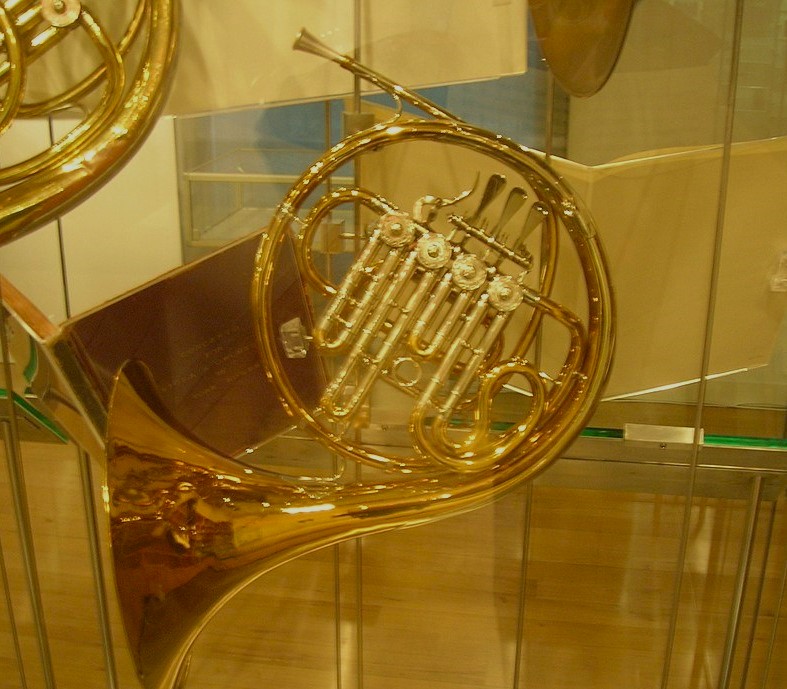 It was not my intention to give a nod to those recordings but it just so happened that the instrument that suited me best was a gold brass Alexander model 90, the same type of horn that Brain used on that LP (Brain's Alexander horn pictured left: I actually recorded the Brahms trio on Aubrey Brain’s piston horn but the engineering on that disc means you can’t hear much difference. Alas. Or do I mean “I’m not really sure why I bothered”?).
It was not my intention to give a nod to those recordings but it just so happened that the instrument that suited me best was a gold brass Alexander model 90, the same type of horn that Brain used on that LP (Brain's Alexander horn pictured left: I actually recorded the Brahms trio on Aubrey Brain’s piston horn but the engineering on that disc means you can’t hear much difference. Alas. Or do I mean “I’m not really sure why I bothered”?).
Among my favourite recent releases of the Mozart concertos are those played on the natural horn. There is so much in these concertos that makes sense when you hear the different shadings necessitated by hand-stopping rather than valving. It was my plan to record on a “nat” but having made a disc of baroque concertos called “Before Mozart” with Nicholas McGegan and the Swedish Chamber Orchestra, it was too tempting to get the band back together for this disc. Nic is both a hilarious person and also a pioneer in period performance. So we were never going to ignore historically-informed practice. One of the aspects of natural horn playing I most admire is that the horn seems to relate so much more strongly to its roots as a hunting instrument. The sound of the hunt is ever-present in the Mozart concertos, especially in the finales. Thus with the odd bit of wildness and some fun hand-stopping thrown in, I’ve tried to compensate a bit for using the valves.
Finally, to this disc’s USP. It is impossible to record “all” of the Mozart horn concertos without making choices about editions and completions, which fragments to include and which to leave out. I always found it interesting that (perhaps thanks to Brain) we think of Mozart’s four horn concertos. No. 1 K 412 was not only completed by Süssmayer but Mozart never wrote a slow movement for it. Another interesting phenomenon is the numbering, whereby No. 1 is actually the last one Mozart wrote. Modified for an ailing Leutgeb, it is considered “the easiest”. (One rarely gets booked to play a two-movement concerto with orchestra without any flashiness.) For this disc I took a deep breath and with the help of the amazing Stephen Roberts, transcribed the slow movement of Mozart violin concerto K 211 to make a complete piece. Transposed down an octave, much of the solo line is playable on the horn. There is also something reminiscent of a horn concerto slow movement in the lilt of the original. And if the demands on the horn player are greater than could be expected of the elderly Leutgeb in K 412, at least it now means we earn our fee!  For the puritan, of course, any transcription is wrong-headed. I imagine that my versions of cello and violin works by Brahms for horn were quite unpopular in some quarters! However, I like to think that our version of Mozart’s Concerto No. 1 is certainly fitting. The great master would never have taken bits of a fiddle concerto and bolted them onto an unfinished horn concerto. But equally, he probably wouldn’t have minded us doing so – writing for his friend, this is hardly Mozart in the serious vein of the Requiem (written the same year). And though he did not finish the orchestration of the finale, he did find time to write some amusing abuse above the horn part. As well as calling Leutgeb “Cazzo” (which I won’t translate), he writes at the end “Basta, basta!" (pictured above in the Orchestra of the Age of Enlightenment's excellent annotated film of the Rondo). I think that's my cue.
For the puritan, of course, any transcription is wrong-headed. I imagine that my versions of cello and violin works by Brahms for horn were quite unpopular in some quarters! However, I like to think that our version of Mozart’s Concerto No. 1 is certainly fitting. The great master would never have taken bits of a fiddle concerto and bolted them onto an unfinished horn concerto. But equally, he probably wouldn’t have minded us doing so – writing for his friend, this is hardly Mozart in the serious vein of the Requiem (written the same year). And though he did not finish the orchestration of the finale, he did find time to write some amusing abuse above the horn part. As well as calling Leutgeb “Cazzo” (which I won’t translate), he writes at the end “Basta, basta!" (pictured above in the Orchestra of the Age of Enlightenment's excellent annotated film of the Rondo). I think that's my cue.

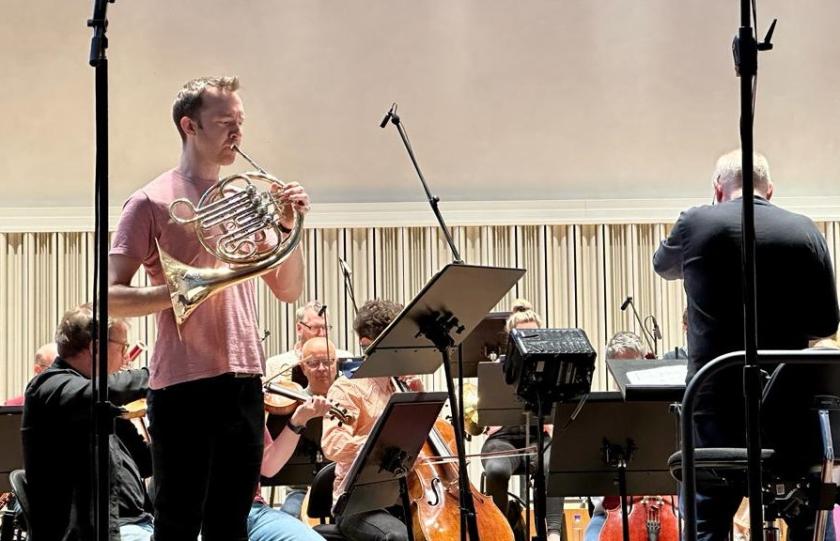

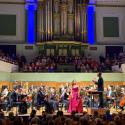
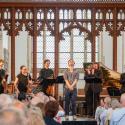
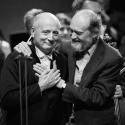








Add comment